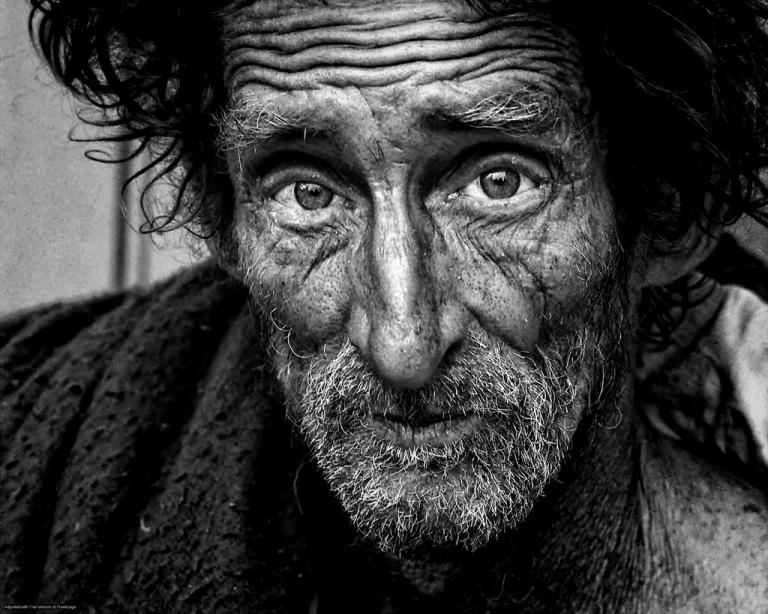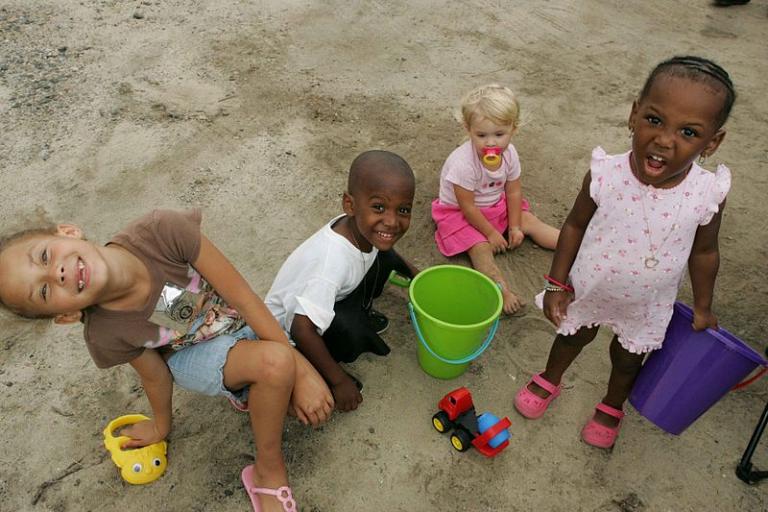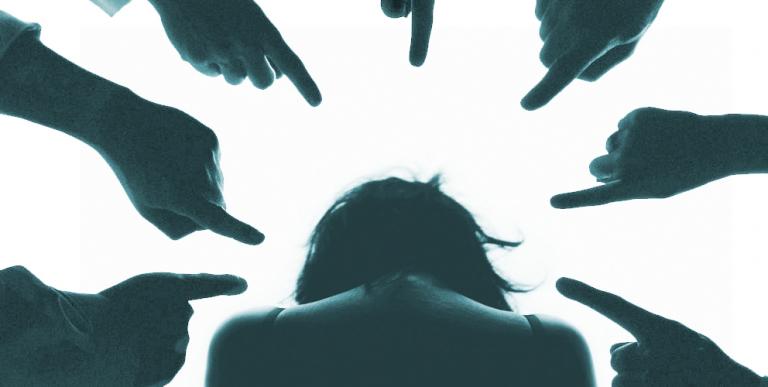This article was written accidentally. After one too many judgmental comments about homeless persons persons experiencing homelessness, I found my fingers fueled with rage. As I wrote, I quickly realized that what was pouring out of me was too long for Facebook. Two hours later, the following article was finished. It is my best attempt at disarming the condescending and judgmental attitudes about people experiencing homelessness that pervade this nation.
I doubt the research and conclusions I reach will change anyone’s mind. Rather, my hope is that many who are already sympathetic will be strengthened in their resolve. Our brothers and sisters without homes need our love and support, and if we can’t marshal our energy to offer it, who else will?
It is increasingly clear to me that most of our assumptions about homelessness are based upon 1) bad stereotypes that are 2) reinforced by judgments that have re-wired our thought processes and, therefore, 3) cause us to treat people experiencing homelessness irrationally.
Therefore, I’ve organized my thoughts around three primary thrusts: 1) to challenge those bad stereotypes, 2) expose the roots of our social insanity, and 3) suggest a way forward.
#1: Our Stereotypes are Wrong
There are 2.5 million persons experiencing homelessness in the US. That’s nearly 1% of the population.
Keep in mind, this isn’t the number of people sleeping on the streets…this is the number of people without homes. Some live on the streets, others in cars, others in shelters. And such statistics are almost always low, since homelessness data comes from service providers and census information. There are many people in housing transitions who don’t report their homelessness.
Nevertheless, the data tells us that 1 out of every 100 people in this country are homeless.
When we think of folks experiencing homelessness, our brain thinks of people like this guy:

In reality, 1.37 million of the total population experiencing homelessness in USA are children under the age of 18. 40% are families with children, 41% are single males, 14% are single females. (Source: International Journal of Psychosocial Research, 2008)
And so, in reality, a lot of people experiencing homelessness look like this:

There are a lot of people experiencing homelessness in the United States. They aren’t all crusty drug users who chose a life on the streets instead of getting work. They aren’t all enabled lazy bums. The data tells us that most are children. Many families are without homes.
It gets more interesting. Among adults experiencing homelessness, 44% are either employed or have worked in the past 30 days. Nearly 58,000 of those experiencing homelessness are veterans.
According to HUD’s 2013 Annual Homeless Assessment Report of the Housing, 18% of those experiencing homelessness are “chronic.” According to HUD, someone is “chronically homeless” if they have experienced homelessness for a year or longer or have experienced at least four episodes of homelessness in the last three years and have a disability. A family with an adult member who fit this description would also be considered “chronically homeless”.
Of those who experience homelessness chronically , about 30% have mental health issues and 50% have substance abuse issues.
The stereotype of the mentally ill “homeless person” or the substance abusing “homeless person” has been exaggerated. So too has the stereotype of the lazy “homeless person” who is unwilling to work. The truth is, most people who experience homelessness are kids. Nearly 44% of adult persons experiencing homelessness are working or have recently worked.
#2: We are Conditioned to Disregard the Humanity of People Experiencing Homelessness
In Matthew 25, Jesus reminds us that whatever we do “for one of the least of these brothers and sisters,” we do for him. This is a potent reminder that Jesus is somehow present in the woman on the street, or in the little child playing in the slums. But this idea of seeing Jesus in the face of the “least of these” can easily become a nearly meaningless bit of sentimentalism. Rarely do we confess to dehumanizing others. Our first instinct, I suspect, is rather to blame others for dehumanization. We sympathize with the oppressed and cast off, but the problem, we say, has little to do with us.
 This process of dehumanization has left its imprint on our souls. Researchers Lasana Harris from Duke University and Susan Fiske from Princeton University have authored a disturbing study that explores the way in which the brain recognizes the humanity in others. When we see another human face, there is increased activity in the medial pre-frontal cortex (mPFC), an area of our brains that isn’t as active when looking at objects. Drawing upon a sampling of 18 Princeton undergraduates from diverse backgrounds, Harris and Fiske found that test subjects didn’t show increased activity in the mPFC when viewing images of people who belonged to an outgroup (like folks who look “homeless”). This wasn’t a choice that the test subjects made—the test measured an immediate physiological response.
This process of dehumanization has left its imprint on our souls. Researchers Lasana Harris from Duke University and Susan Fiske from Princeton University have authored a disturbing study that explores the way in which the brain recognizes the humanity in others. When we see another human face, there is increased activity in the medial pre-frontal cortex (mPFC), an area of our brains that isn’t as active when looking at objects. Drawing upon a sampling of 18 Princeton undergraduates from diverse backgrounds, Harris and Fiske found that test subjects didn’t show increased activity in the mPFC when viewing images of people who belonged to an outgroup (like folks who look “homeless”). This wasn’t a choice that the test subjects made—the test measured an immediate physiological response.
In other words, if this study is indicative of the larger population, most of us see “homeless people” as objects, not people. This phenomenon is called infrahumanization: when we see our ingroup as more human than an outgroup. This raises some unsettling questions. If we share this instinct (and I believe the vast majority of us do), then how are we capable of nurturing a just world? How can we love people that we don’t see as human? We are a part of a system that dehumanizes people, and we seem predetermined to perpetuate that system.
Fisk and Harris found that the reduction of mPFC brain function upon being shown images of those in outgroups was tied to feelings of disgust and the perception that those depicted lacked warmth and competence. In other words, underneath our instinctive dismissal of someone’s humanity lies a deeply rooted judgment that they are lacking in kindness and usefulness. It is easy to see how commonly held beliefs that people experiencing homelessness are lazy, incompetent, and dangerous directly contribute to our inability to see them as human beings.
Perhaps our national tendency to disregard such persons isn’t rational. We may be conditioned to see them as less than human. If we want to be human beings who affirm the full humanity of others, we need to start affirming their capacity for kindness and usefulness. From my experience, the only way to do this is to build relationships with persons experiencing homelessness with a willingness to be surprised.
#3: We Should Give People Experiencing Homelessness Homes
Our societal response has been one of institutionalization; we send people without homes to shelters.
My community, the Mennonite Worker, is like many other Catholic Worker communities in that we maintain guest rooms for strangers. Unfortunately, we often receive criticism for being too hospitable. On a number of occasions, I’ve been told to stop enabling folks experiencing homelessness and, instead, send them to a shelter where “professionals who are equipped to serve can deal with their problems.”
But shelters are usually ill-equipped to solve the problems we task them to solve. Many of my friends who’ve experienced homelessness agree with Dennis Culhane (professor of social policy at the University of Pennsylvania as well as director of research for the National Center on Homelessness Among Veterans) when he writes.
Large shelters are notoriously overcrowded and often unruly places where people experience the ritualized indignities of destitution: long lines for bedding or a squeeze of toothpaste; public showers; thieves; conflict. Many people have voted with their feet, and as a result, street homelessness persists…Shelters may be the final safety net, but that net scrapes perilously close to the ground. To be in a shelter is to be homeless, and the more shelters we build, the more resources we divert from the only real solution to homelessness: permanent housing.
Offering services to persons experiencing homelessness is expensive. Not as expensive as, say incarcerating someone (up to $60,000/year), or sending a soldier to war ($850,000/year or more), but expensive, nonetheless. Research by Dennis Culhane, University of Pennsylvania, followed thousands of people experiencing homelessness in New York and each of them used an average of $40,000 a year in public services, such as increased health care. (Source: University of Pennsylvania). Based upon my limited experience, that seems high; things usually cost more in New York. Nevertheless, let’s assume those numbers for the sake of illustration.
Many Americans (due, no doubt, to our conditioning) would see $40,000 to provide services to a homeless person as grossly enabling. I assume a smaller number people would see spending over 20 times as much per soldier as gross enablement.
Our disgust towards enabling homelessness may, perhaps, keep us blind to the truth that directly relating to persons experiencing homelessness and directly giving them what they want may not only be more humane, but also cheaper.
Utah has tried an interesting tactic to lower rates of homelessness. They actually give people homes:
In 2005, Utah figured out that the annual cost of E.R. visits and jail stays for people experiencing homelessness was about $16,670 per person, compared to $11,000 to provide each person with an apartment and a social worker. So, the state began giving away apartments, with no strings attached. Each participant in Utah’s Housing First program also gets a caseworker to help them become self-sufficient, but they keep the apartment even if they fail.
Since, in this case, the more human option is also the cheaper option, you’d think other states would be rushing to do what Utah is doing. So far, no dice.
In my own experience offering hospitality to friends experiencing homelessness, the cost of feeding and housing a guest is roughly $5000 a year. Some of our guests have remained with us permanently. One would think that, since we are saving taxpayers thousands of dollars, we’d be praised and there’d be a national movement to do likewise. There is not.
 In fact, while common sense and human decency suggest that offering free or cheap housing and learning to build personal connections to homeless people is the way forward, there is a growing epidemic of criminalizing homeless people.
In fact, while common sense and human decency suggest that offering free or cheap housing and learning to build personal connections to homeless people is the way forward, there is a growing epidemic of criminalizing homeless people.
We seem to be more willing to treat homeless people like objects or criminals than we are to give them what they most need (friendship and housing). Why is that? Is it, perhaps, that the problem isn’t with homeless people but, instead, within our own inhospitable hearts?
What is, therefore, to be done? I have three proposals: one is modest, one is bold, and one is mandatory.
Modest Proposal: Learn more (from groups like the National Alliance to End Homelessness) and then contact your local policy makers to ask them to do what was done in Utah (by conservatives, no less).
Bold Proposal: Take direct action. Get involved with groups like your local Catholic Worker Community. Consider opening your church or home to guests.
Mandatory Proposal: When you walk past folks who seem to be homeless, look at them. Choose to see them as people worthy of love. Don’t be weird or condescending about it…just start noticing.
Only when we start noticing homeless persons can we hope to love them. In the end, love is the solution to the problems of homelessness; the roots of homelessness are within our own hearts.











